#hermitage palace
Text

Hermitage Museum, Saint Petersburg, RUSSIA
#interior#great staircase#hermitage palace#hermitage museum#museo hermitage#palacio hermitage#saint petersburg#san petersburgo#russia#rusia#europe#europa
54 notes
·
View notes
Text


Temple of sun, Hermitage, Bayreuth, Germany,
Frank Burchert Photography
#art#design#architecture#history#luxury lifestyle#style#luxury house#interior design#luxuey home#temple#hermitage#new#germany#bayreuth#new palace#frank burchert
2K notes
·
View notes
Text


Winter palace interiors
#winter palace#hermitage#saint petersburg#romanovs#russian royalty#royalty#romanticism#the romanovs#dark acadamia aesthetic#dark akademia#dark academia aesthetic#dark academia moodboard#dark academia#dark aesthetic#light academia moodboard#light academia aesthetic#light academia#romantic academia#classic academia#chaotic academia#chaotic academic aesthetic#русский блог#vintage academia#dead poets society#the secret history#турумбочка#vintage art#artwork#русский tumblr#русский тамблер
57 notes
·
View notes
Text
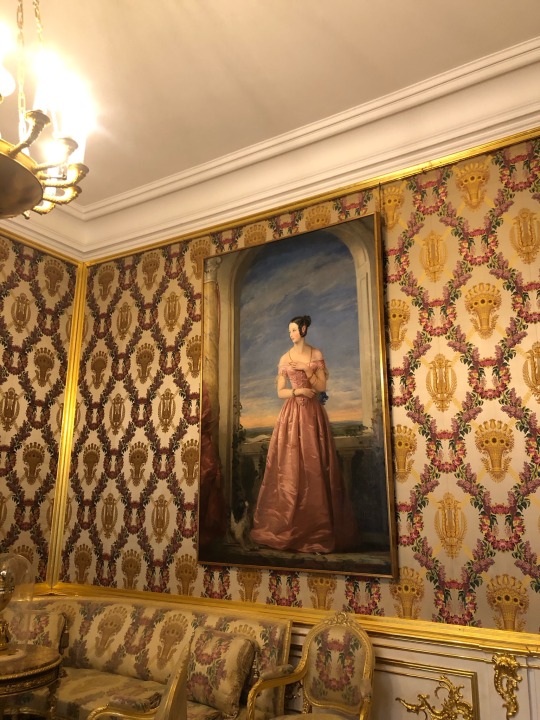






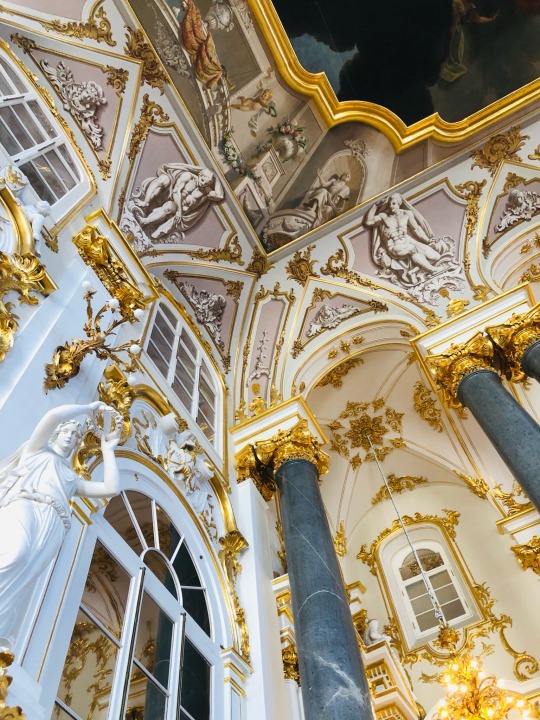

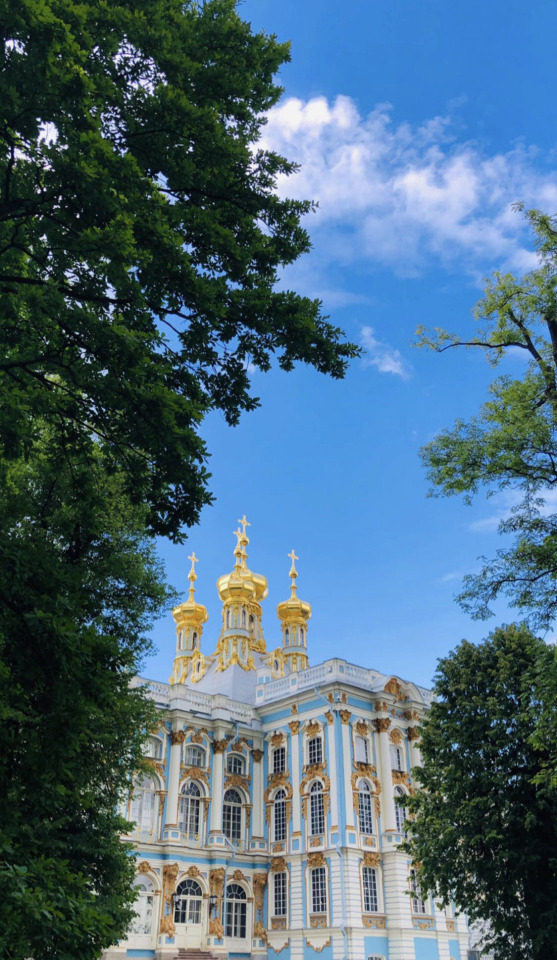
UNREAL
#too pretty#architechture#18th century#18th century architecture#Domenico Trezzini#Alexandre Le Bond#summer palace#winter palace#hermitage
254 notes
·
View notes
Text

#photography#my photos#st petersburg#hermitage#hermitage museum#winter palace#romanov#romanovs#corridor#nightmare dusting situation
39 notes
·
View notes
Text
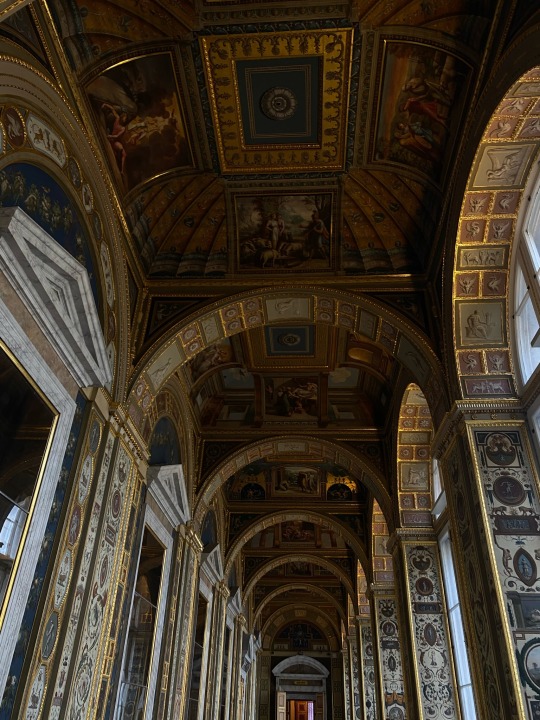

Winter Palace St. Petersburg
#palace#architecture#st petersburg#inspiration#art#gallery#beauty#castle#travel#traveling#interiors#luxury#explore#painting#classic#artist#royal#hermitage#walls#wall painting
4 notes
·
View notes
Text

📍 Hermitage Castle, Scotland
Hermitage Castle is a semi-ruined castle in the border region of Scotland. The castle has a reputation, both from its history and its appearance, as one of the most sinister and atmospheric castles in Scotland.
•
In 1320, the area was held by William de Soules, a man so widely despised that there are 2 stories about his death.
•
One myth has it that he was boiled alive in molten lead by locals after inflicting a reign of terror on the neighbourhood. In another, he died a prisoner…
#scottish winters#scottish castles#hermitage castle#palace#scottish history#scottish autumn#scotland photography#landscape photography#scotland#scottish highlands
25 notes
·
View notes
Text
St. Petersburg: Winter Palace and Hermitage










3 notes
·
View notes
Text
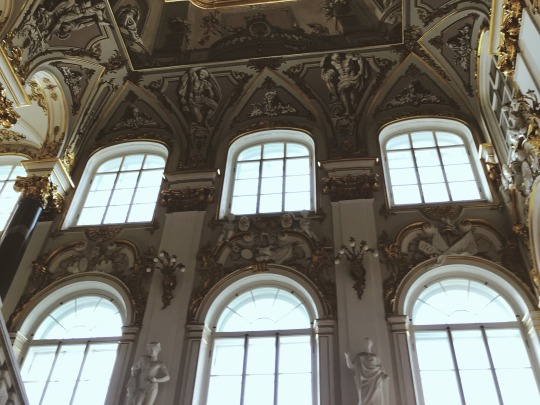

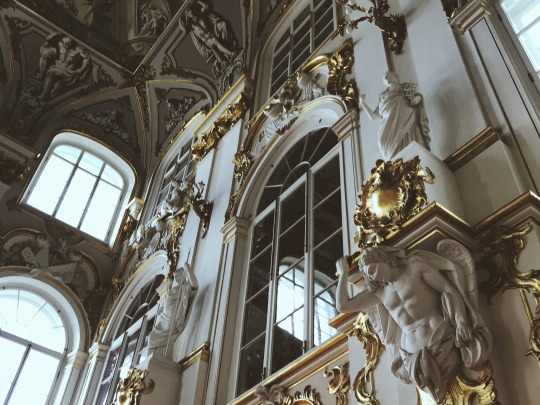
#art#museum#art history#russia#summer 2019#saint petersburg#hermitage#winter palace#petrovna#travel#photography#academia#baroque
35 notes
·
View notes
Text
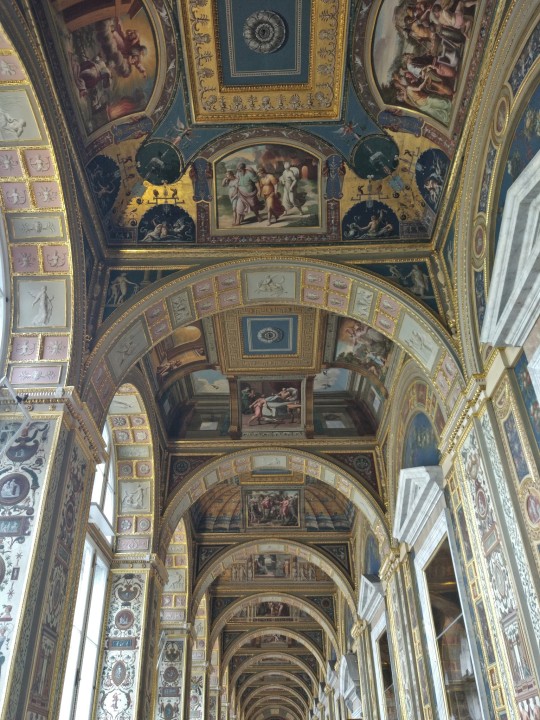
Hermitage Museum, Hall 227 - Raphael Loggias
#art#european art#fresco#fine arts#museum#art history#museum aesthetic#museum photography#art museum#st petersburg#hermitage#winter palace#dark academia
5 notes
·
View notes
Text

The Hermitage Museum in Saint Petersburg, RUSSIA
22 notes
·
View notes
Text
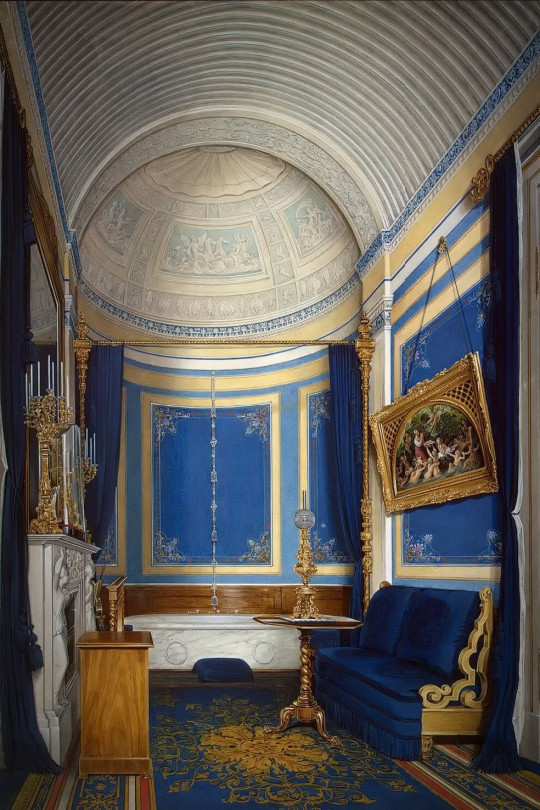
Grand Princess Maria Alexandrovna's Bathroom, 1850s,
Winter Palace, Saint Petersburg, Russia,
Water color by Eduard Hau,
Height: 35.3 cm (13.8 in); width: 24.2 cm (9.5 in)
Courtesy: Hermitage Museum
#art#design#architecture#history#luxury lifestyle#style#luxury house#luxury home#palace#winter palace#russia#saint petersburg#eduard hau#watercolor#hermitage#bathroom
268 notes
·
View notes
Text
Nicholas II Gothic library, Winter Palace
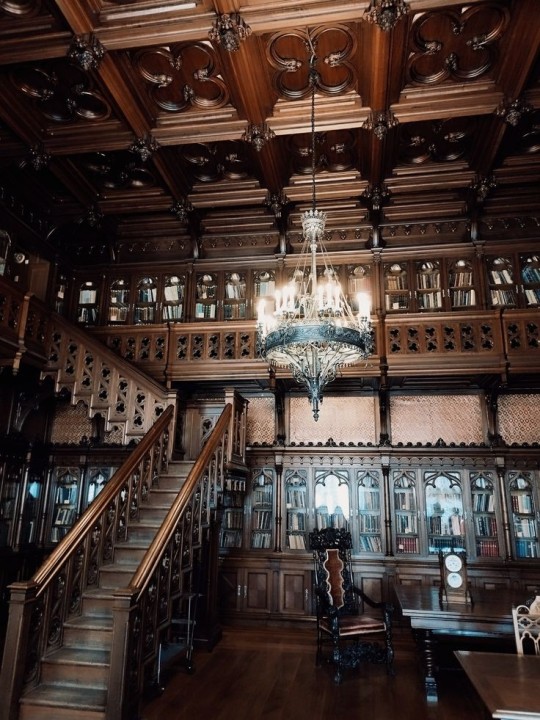
#russia#the romanovs#royalty#romanovs#vintage#beautiful#history#saint petersburg#aesthetic#hermitage#winter palace#nicholas ii
46 notes
·
View notes
Text
My new biggest flex is that I’ve seen the originals of these two paintings in real life

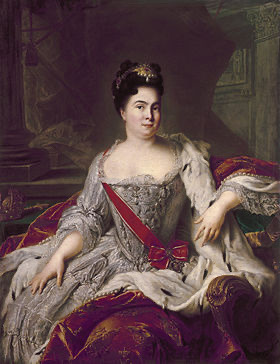
#and stared for a good five minutes because it was absolutely wild to see the real paintings from my history textbook irl#the saint petersburg hermitage sent them over for a while as a present for my city’s 300 year anniversary#along with a whole bunch of other palace turnover era stuff#I’ve also seen the og portraits of menshikov and alexei petrovich and peter 2 and evdokia lapukhina#I’ve always found the connection between spb and ekb really romantic. as much as I’m not a sappy person#watch my inner romanov fanatic + history nerd + art lover all jump out here lmao#best museum visit ever#could now probably only be trumped if I went to the spb hermitage#or the tretyakovka#house of romanov
0 notes
Text
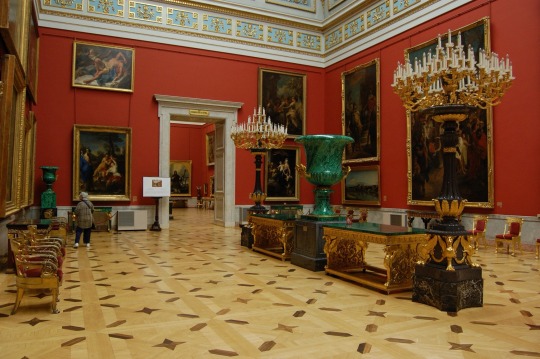
#photography#my photos#st petersburg#hermitage museum#hermitage#winter palace#romanovs#romanov#art#enormous piles of expensive crap
3 notes
·
View notes
Note
What should be done with royal palaces and the like after revolution? Obviously any extant monarchies will be abolished but I'm curious what you think should be done with the stuff they leave behind
Hi! In the vast majority of cases, as far as I'm aware, the palaces and castles of monarchs were turned into public places for cultural purposes, such as the Winter Palace becoming the Hermitage Museum, its first exposition was on the history of the October revolution, and the private rooms and such were open to the public so they could see the wealth the Tsars had accumulated. Throughout the Soviet era, the emblems of the Tsars and other objects were gradually removed and dispersed to museums throughout the country.
Unless there is a very pressing need to reuse the materials with which these properties are decorated and built, I don't see any reason to blow them up or demolish them or remove them in some way. Palaces specifically are places with a lot of room and usually well communicated, they are ideal for those cultural purposes as well as for the sake of not forgetting the absurd concentration of wealth monarchies accumulate.
In North Korea, for example, although this isn't specifically about the property of a monarchy, they opened the various resorts and villas for the recreational use by the Korean people:
Nonetheless the North Koreans have the right to feel proud of their achievements. In one respect they can claim to surpass their Chinese brothers – their well-equipped social insurance. The Japanese had more health resorts and summer villas in Korea than in China and the present Department of Labor has taken them over. The North Koreans have also a larger amount of publicly owned industry than the nearby Chinese, for Korea was highly industrialized by the Japanese.
In North Korea: First Eye-Witness Report, Anna Louise Strong, 1949
And I think this should be the attitude that has to be taken towards the more lavish properties of the old bourgeoisie/imperialists/monarchy, of putting that wealth in service of the workers whenever possible. Revolutions don't create a blank slate, we are forced to build upon what remains of what came before. And ultimately, it's the workers who should decide what to do with these vestiges of the past. If the workers of Leningrad preferred the Winter Palace to be a museum, who can criticize them? It's not like it brought the Romanovs back ;)
60 notes
·
View notes